The Hells Angels Motorcycle Club: A Comprehensive Overview
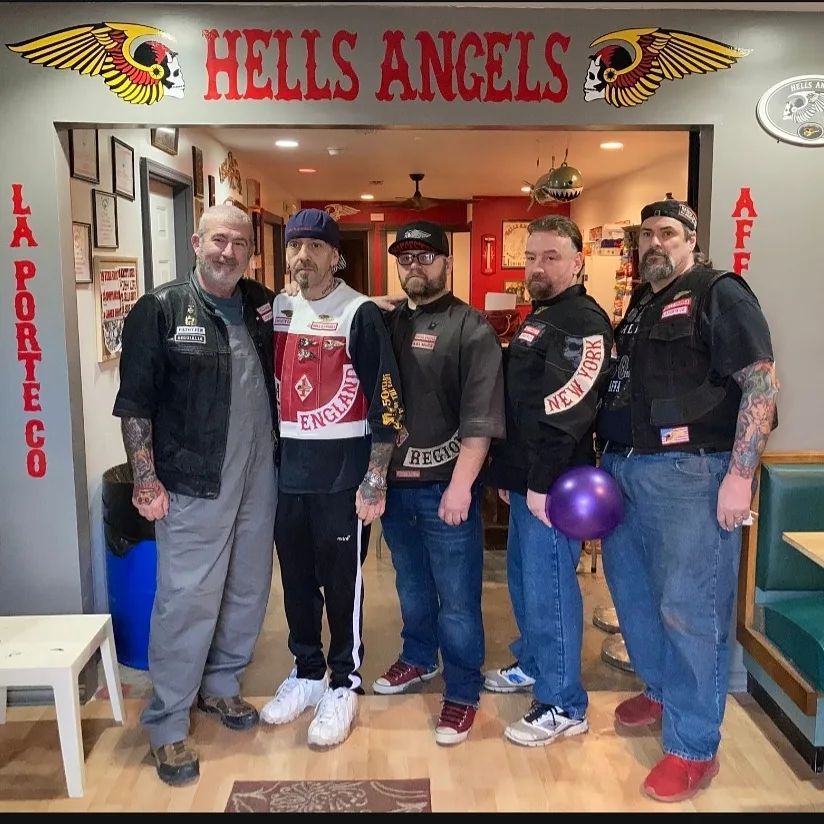
Table of Contents
The Hells Angels Motorcycle Club. The name alone conjures images of rebellion, power, and a complex history shrouded in both myth and reality. This comprehensive overview delves into the fascinating, and often controversial, world of this iconic motorcycle club, exploring its history, structure, activities, culture, and media portrayal. We will examine the Hells Angels from various perspectives, aiming to provide a balanced and informative understanding of this influential, and often misunderstood, organization.
<h2>History and Origins of the Hells Angels</h2>
The Hells Angels Motorcycle Club's origins trace back to the post-World War II era in 1948, in San Bernardino, California. Founded by a group of veterans, the club initially reflected the rebellious spirit of the time, embracing a counter-culture lifestyle that challenged societal norms. The early years saw the establishment of several chapters, with the club gradually expanding its geographical reach across the United States and, eventually, internationally.
- Key Milestones:
- 1948: Founding of the first Hells Angels Motorcycle Club chapter in San Bernardino, California.
- 1950s-1960s: Rapid expansion across the United States, establishing numerous chapters.
- 1960s-1970s: Increased media attention and association with criminal activities.
- 1980s-Present: Global expansion and ongoing legal battles with law enforcement agencies.
The evolution of the Hells Angels' image has been significantly impacted by media portrayals, often fluctuating between romanticized depictions of freedom and rebellion and sensationalized accounts of criminal behavior. This duality continues to shape the public perception of the club. Understanding the Hells Angels history requires acknowledging this complex narrative, moving beyond simplistic characterizations to a more nuanced understanding of its evolution.
<h2>The Hells Angels' Structure and Organization</h2>
The Hells Angels boast a hierarchical structure, organized into individual chapters, each operating under a specific set of rules and regulations. The club's organizational chart extends from individual members up through chapter presidents, regional officers, and ultimately, a national leadership. Becoming a member is a rigorous process, involving various stages:
- Membership Stages:
- Hang-around: An informal period of observation and assessment.
- Prospect: A formal period of probation during which individuals prove their commitment and suitability.
- Full Member: Granting of full membership status, with associated rights and responsibilities.
This tightly controlled structure ensures a degree of internal discipline and loyalty. Geographical distribution of Hells Angels chapters spans several continents, reflecting the club's global influence and reach. The internal bylaws are strictly enforced, dictating member conduct and maintaining a sense of order within the organization. This robust organizational framework is key to the Hells Angels' long-term survival and operational capacity.
<h2>Activities and Business Ventures of the Hells Angels</h2>
The Hells Angels’ activities encompass a range of legitimate and alleged illegal ventures. While the club maintains a public image centered on motorcycle maintenance and merchandise, law enforcement agencies across the globe have linked them to various criminal enterprises.
- Alleged Criminal Activities:
- Drug trafficking
- Weapons smuggling
- Money laundering
- Extortion
- Prostitution
These alleged activities are a significant source of the club’s economic power and influence. The Hells Angels have consistently faced legal battles and law enforcement crackdowns aimed at disrupting their alleged criminal networks. These ongoing conflicts highlight the persistent tension between the club's public image and its involvement in potentially illegal activities. Analyzing this duality is crucial for understanding the full scope of the Hells Angels' influence.
<h2>Culture and Symbolism of the Hells Angels</h2>
The Hells Angels' culture is steeped in symbolism, with iconic imagery such as the death head and winged skull playing a central role in reinforcing the club's identity and values. This imagery, along with specific colors and attire, conveys a sense of brotherhood, rebellion, and defiance. The club's lifestyle is characterized by a strong emphasis on loyalty, camaraderie, and a shared sense of belonging.
- Key Cultural Aspects:
- Loyalty: An unwavering commitment to the club and its members.
- Brotherhood: A strong sense of kinship and mutual support amongst members.
- Rebellion: Defiance of societal norms and authority.
The use of carefully curated imagery and branding is an integral aspect of maintaining club identity, projecting a powerful and recognizable image. This strong visual language contributes significantly to the Hells Angels' enduring mystique and public recognition.
<h2>The Hells Angels and the Media</h2>
The media portrayal of the Hells Angels has often been sensationalized, relying on stereotypes and focusing on the more controversial aspects of the club's activities. Documentaries and films have played a significant role in shaping public perception, with some focusing on the criminal aspects, while others attempt to explore the more complex social dynamics within the group. This media coverage often simplifies a complex reality, neglecting nuanced insights into the club’s multifaceted nature.
- Media Impacts:
- Reinforcement of negative stereotypes.
- Overemphasis on criminal activities.
- Limited exploration of internal social dynamics.
A critical approach to media representations is essential for a more balanced understanding of the Hells Angels. Analyzing the motivations and biases behind these portrayals helps discern fact from fiction and gain a more comprehensive perspective.
<h2>Conclusion</h2>
The Hells Angels Motorcycle Club remains a captivating and controversial subject, its history intertwined with both legend and law enforcement scrutiny. Understanding its complex structure, activities, and cultural significance requires a nuanced approach, acknowledging both the reality of its alleged criminal involvement and the enduring appeal of its counter-cultural identity. This overview has provided a glimpse into the multifaceted world of the Hells Angels, but further research is encouraged to fully grasp the intricacies of this iconic, and often enigmatic, motorcycle club. Learn more about the Hells Angels and their complex history through further exploration of this fascinating subject.

Featured Posts
-
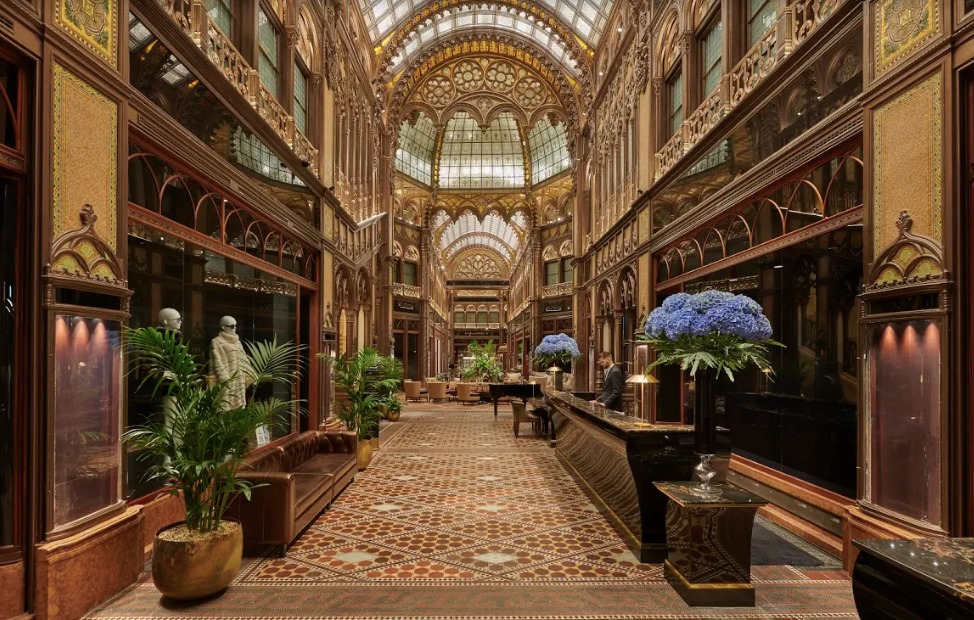 Queen Wens Parisian Court Events And Highlights
May 25, 2025
Queen Wens Parisian Court Events And Highlights
May 25, 2025 -
 Escape To The Country Financing Your Rural Dream Home
May 25, 2025
Escape To The Country Financing Your Rural Dream Home
May 25, 2025 -
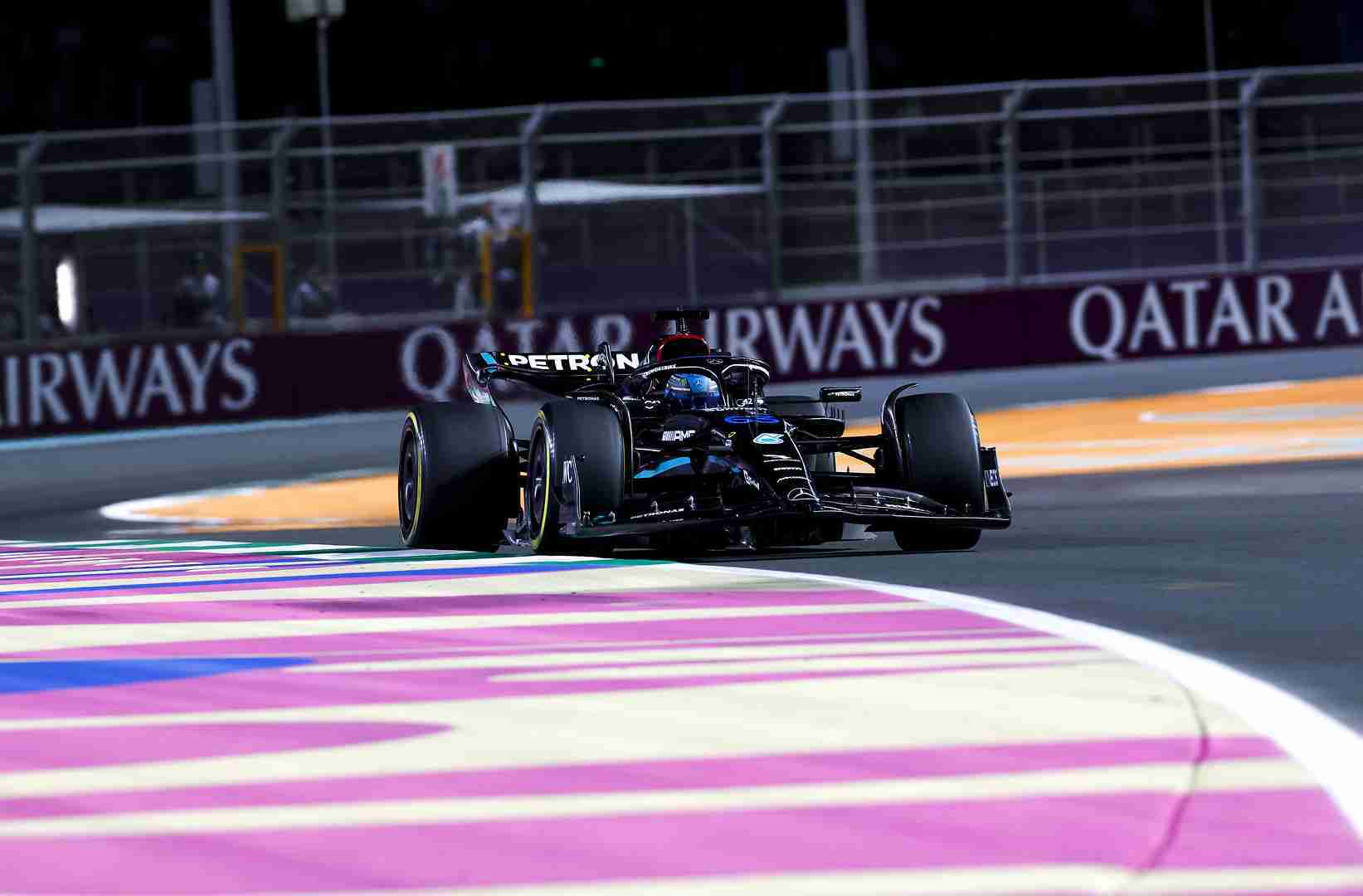 Analyzing George Russells Game Changing Decision For Mercedes
May 25, 2025
Analyzing George Russells Game Changing Decision For Mercedes
May 25, 2025 -
 The Future Of Gucci Under Demna Gvasalias Creative Leadership
May 25, 2025
The Future Of Gucci Under Demna Gvasalias Creative Leadership
May 25, 2025 -
 Us Bands Glastonbury Appearance Fan Speculation Soars After Cryptic Post
May 25, 2025
Us Bands Glastonbury Appearance Fan Speculation Soars After Cryptic Post
May 25, 2025
Latest Posts
-
 Analyse De L Utilisation De X Par L Extreme Droite Europeenne Sous L Ere Musk
May 26, 2025
Analyse De L Utilisation De X Par L Extreme Droite Europeenne Sous L Ere Musk
May 26, 2025 -
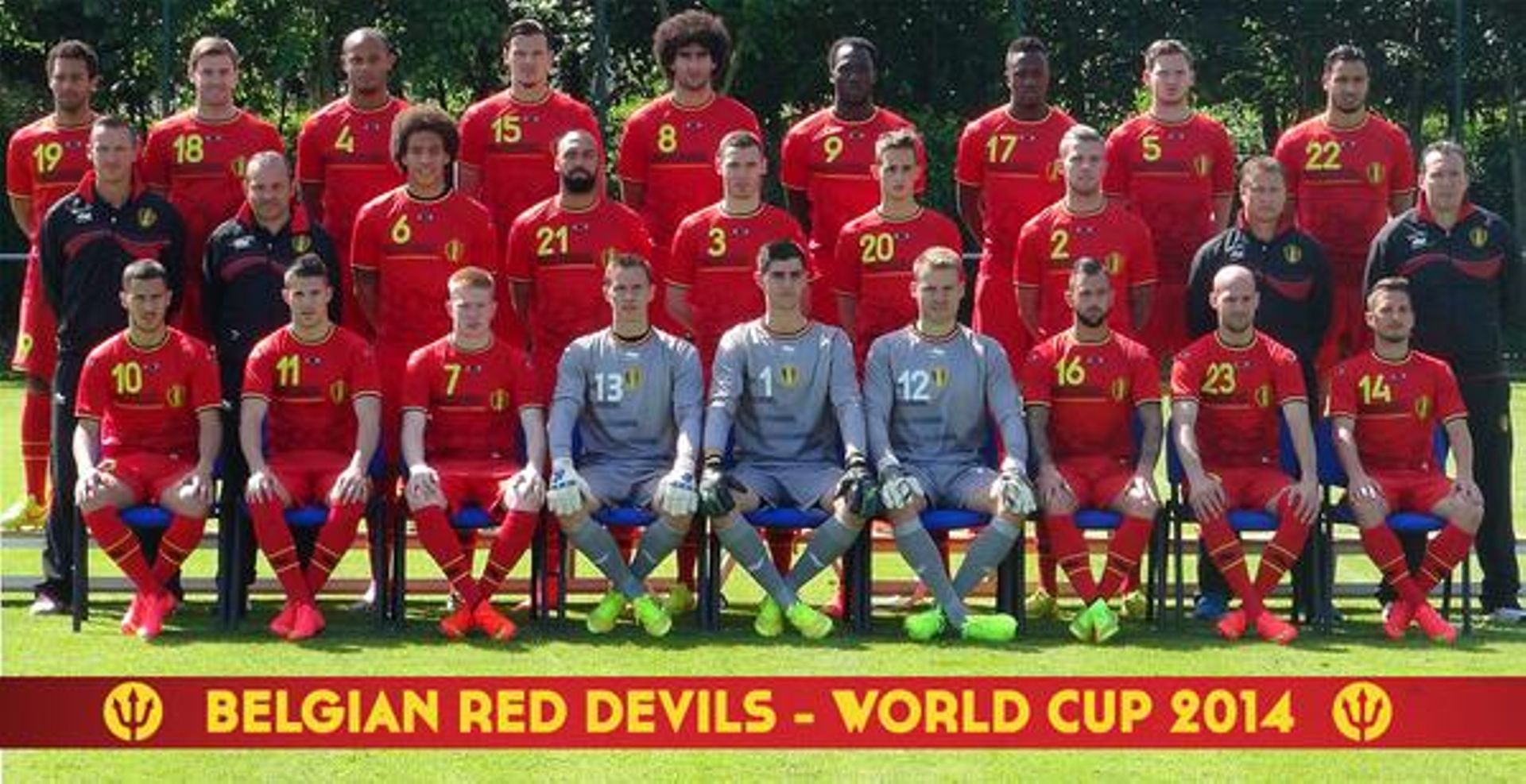 Diables Rouges Et Rtbf Un Nouveau Souffle Pour La Saison A Venir
May 26, 2025
Diables Rouges Et Rtbf Un Nouveau Souffle Pour La Saison A Venir
May 26, 2025 -
 Bourse Payot 2024 Victoire De Hugo De Waha
May 26, 2025
Bourse Payot 2024 Victoire De Hugo De Waha
May 26, 2025 -
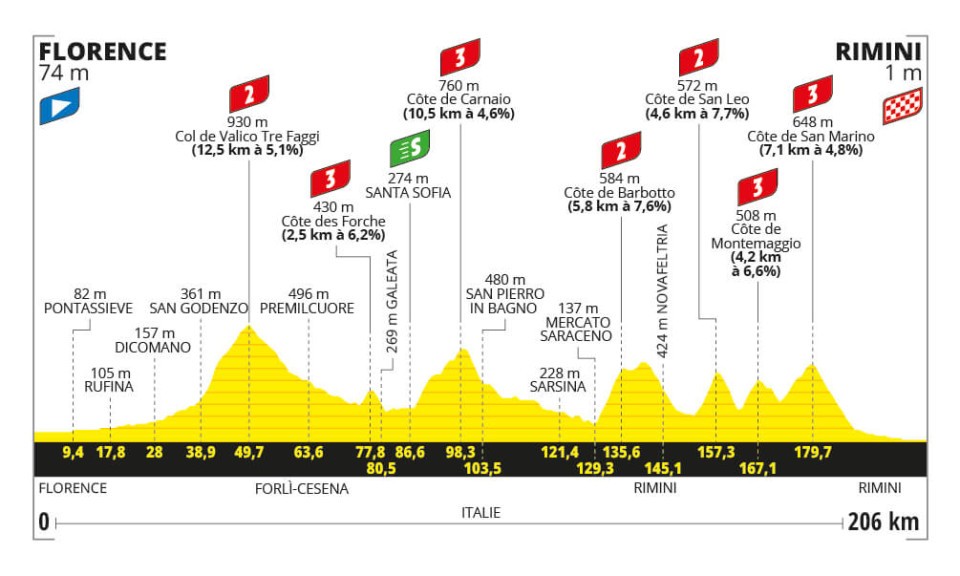 Rtbf Le Jeu De Gestion Cycliste Du Tour De France Est Arrive
May 26, 2025
Rtbf Le Jeu De Gestion Cycliste Du Tour De France Est Arrive
May 26, 2025 -
 Scene Du 128e Sexe Le Grand Cactus Face A La Censure Du Csa
May 26, 2025
Scene Du 128e Sexe Le Grand Cactus Face A La Censure Du Csa
May 26, 2025
